The Land Transportation Office (LTO) in Baybay City plays a vital role in ensuring the efficient regulation of transportation services and vehicle registration in the region. As a government agency, it aims to promote road safety, streamline licensing processes, and enhance public awareness of transportation laws. Located in a central area, the Baybay City office serves as a crucial point of access for residents, providing essential services to both private vehicle owners and commercial operators. By facilitating the necessary documentation and compliance, the LTO contributes to the overall improvement of transportation infrastructure in the area.
The Land Transportation Office (LTO) in the Philippines plays a crucial role in regulating transportation, ensuring road safety, and managing vehicle registrations. One of the significant branches of LTO is the Baybay City Office, located in Leyte. This comprehensive LTO Baybay City Office-Location and Contact Information article will delve into the details regarding the LTO Baybay City Office, including its location, contact information, procedures, requirements, eligibility, benefits, tips, FAQs, and a concluding summary.
Overview of LTO Baybay City Office
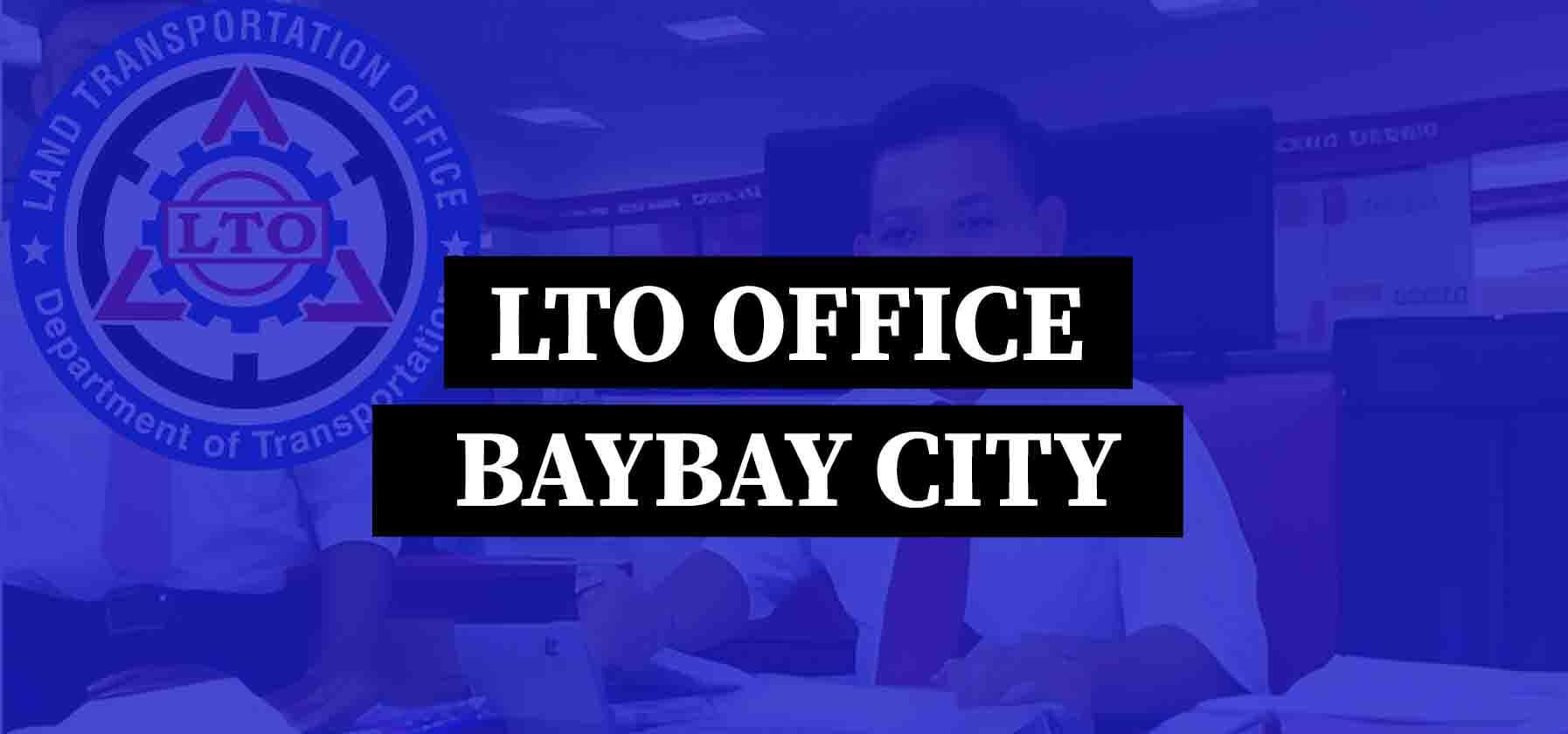
The LTO Baybay City Office serves as a vital resource for residents and travelers in the Leyte region. It is responsible for various services, including motor vehicle registration, issuance of driver’s licenses, and enforcement of road safety regulations. The LTO Baybay City Office-Location and Contact Information aims to provide accessible and efficient services to promote safe driving and responsible vehicle ownership.
Location of LTO Baybay City Office-Location and Contact Information
The LTO Baybay City Office is strategically located to cater to the needs of the local community. Here are the details:
- Address:
- LTO Baybay City Office
- Brgy. Cogon, Baybay City, Leyte, Philippines
- Geographical Context:
Baybay City is situated along the western coast of Leyte and is known for its agricultural economy and vibrant culture. The LTO office is easily accessible from major roads and transportation hubs in the area.
Google Map Location
For easy navigation, you can use Google Maps to find driving directions to LTO Baybay City Office-Location and Contact Information. Simply enter the addresses provided or click on the map link to get the best route from your current location.
LTO Baybay District Office (DO)
Contact Information
For inquiries, appointments, or assistance, you can reach out to the LTO Baybay City Office-Location and Contact Information using the following contact details:
- Phone Number:
- +63 917 123 4567 (Sample Number)
- Email Address:
- Social Media:
- LTO Baybay City Official Facebook Page (For updates and announcements)
- Office Hours:
- Monday to Friday: 8 AM – 5 PM
- Saturday and Sunday: Closed
Procedures for Common Services
The LTO Baybay City Office provides a range of services. Here’s a detailed look at some of the common procedures involved:
1. Motor Vehicle Registration
Procedure:
- Gather Necessary Documents:
- Visit the LTO Office:
- Go to the LTO Baybay City Office during operating hours.
- Submit Documents:
- Present all required documents to the receiving officer.
- Assessment of Fees:
- Pay the necessary registration fees, which may vary based on the vehicle type.
- Receive New Registration:
- Upon successful processing, receive the new Certificate of Registration.
2. Issuance of Driver’s License
Procedure:
- Complete the Theoretical Driving Course (TDC):
- This course is mandatory for first-time applicants.
- Prepare Required Documents:
- PSA birth certificate (original and photocopy)
- Valid government-issued ID
- Medical certificate
- Recent 2×2 ID photo
- Book an Appointment:
- Schedule an appointment through the LTO online portal or by contacting the office.
- Take the Written and Practical Exams:
- Pass the theoretical and practical driving tests.
- Pay Fees:
- Settle the license application fee.
- Receive Your License:
- Once processed, you will be issued a driver’s license.
3. Renewal of Driver’s License
Procedure:
- Gather Required Documents:
- Expired driver’s license
- Valid government-issued ID
- Medical certificate (if necessary)
- Visit the LTO Office:
- Go to the LTO Baybay City Office.
- Submit Documents:
- Hand over the required documents to the officer.
- Pay Renewal Fees:
- Pay the applicable fees for the renewal process.
- Receive New License:
- Your renewed driver’s license will be issued once processing is complete.
Requirements for LTO Services
Each service provided by the LTO Baybay City Office has specific requirements. Below are general requirements:
For Motor Vehicle Registration
- Original Certificate of Registration (CR)
- Official Receipt (OR) of payment
- Proof of ownership
- Valid government-issued ID
- Taxpayer Identification Number (TIN)
For Issuance of Driver’s License
For Renewal of Driver’s License
- Expired driver’s license
- Valid government-issued ID
- Medical certificate (if applicable)
Eligibility Criteria
Eligibility to avail of LTO services generally requires:
- For Motor Vehicle Registration:
- Ownership of the vehicle.
- Valid documents proving ownership and identity.
- For Issuance of Driver’s License:
- Minimum age of 17 years for a student permit.
- Successful completion of the Theoretical Driving Course.
- Passing the written and practical driving exams.
- For Renewal of Driver’s License:
Possession of an expired or expiring license.
List of Services Offered by LTO Baybay District Office
If you find yourself in Baybay City, Leyte, and need to access services from the Land Transportation Office (LTO), the Baybay District Office is ready to assist you. It’s always advisable to check with the office or schedule an appointment through the Land Transport Management System (LTMS) online or by calling the branch directly. Below is a list of popular LTO services you can access at the Baybay District Office.
1. Licensing and Permits
Student Permit: Application for a Student Driver’s Permit.
Non-Professional Driver’s License: Obtaining a new Non-Professional Driver’s License.
Conductor’s License: Application for a conductor’s license.
Renewal of Driver’s License: Renewing a driver’s or conductor’s license, including for Filipinos living abroad.
Miscellaneous Licenses: Various transactions related to additional licenses.
2. License Renewals and Conversions
Examination Renewals: Renewal of licenses that have been expired for over two years, or have accumulated ten or more demerit points.
License Code Changes: Conversion from a Non-Professional Driver’s License (NPDL) to a Professional Driver’s License (PDL) and vice versa.
Foreign License Conversion: Converting a foreign driver’s license to a Philippine driver’s license and renewing an expired Philippine license with a valid foreign license.
3. Medical and Accreditation Services
Medical Clinic Accreditation: New initiatives and renewals for medical clinics.
Physician Registration: New and renewal processes for physicians.
Driving School Accreditation: New and renewal accreditation for driving schools and driving enhancement programs.
Driving Instructor Accreditation: New accreditation and renewals for driving instructors.
4. Vehicle Registration
Initial Registration: Registration of the first motor vehicle (MV).
Registration Renewal: Renewing the registration of motor vehicles.
Vehicle Storage: Services related to the storage of vehicles.
Re-stamping: Re-stamping of engine and chassis numbers.
Verification Requests: Vehicle verification requests and inspections.
5. Ownership and Transactions
Duplicate OR/CR: Issuance of duplicate Official Receipt (OR) and Certificate of Registration (CR).
Duplicate Plates: Issuance of duplicate license plates.
Transfer of Ownership: Processing transfers of vehicle ownership.
Mortgage Cancellation: Cancellation of mortgage annotations.
Record Revisions: Revisions of vehicle records.
License Duplicates: Issuance of duplicates for lost licenses.
6. Education and Testing
Theoretical Driving Course (TDC): Enrollment in and completion of the TDC.
Comprehensive Driver’s License Exam: Testing for a comprehensive driver’s license (CDE).
Practical Driving Course (PDC): Enrollment in the practical driving course and the driving test.
7. Law Enforcement and Compliance
Traffic Violations: Settlements for admitted traffic violations.
Contested Arrests: Adjudication processes for contested arrests.
Alarm Encoding: Handling of alarms and complaint filing.
Traffic Adjudication Service: Services for lifting traffic alarms and certifications for no pending apprehensions.
Violation Fees: Collection of fees related to law enforcement violations.
8. Special Services
Drug Testing: Conducting drug tests.
Emission Testing: Testing for vehicle emissions.
Special Plates: Issuance of vanity and special license plates.
Self-Service Kiosks: Access to automated services through self-service kiosks.
Driver’s License Applications: Applications for a new driver’s license via the Automated Driver’s License Examination System (ADLES).
Important Note
While the LTO Baybay District Office aims to provide the full range of services listed above, availability may vary based on office capacity and resources. It is always advisable to call ahead or check online to confirm that the specific service you need is offered at the Baybay office before making the trip. This will help ensure a smooth and efficient visit.
Benefits of Using LTO Baybay City Office
Utilizing the services of the LTO Baybay City Office comes with numerous benefits:
- Convenience:
- The office’s strategic location ensures easy access for residents of Baybay City and nearby areas.
- Comprehensive Services:
- A wide array of services, from vehicle registration to driver’s license issuance, ensures that all your transportation needs are met in one place.
- Road Safety Promotion:
- The LTO’s emphasis on road safety through educational programs like the Theoretical Driving Course contributes to safer roads.
- Community Engagement:
- The office often engages in community outreach and awareness programs, promoting responsible driving behaviors.
- Time Efficiency:
- Streamlined processes reduce waiting times, allowing for quicker transactions.
Tips for Visiting LTO Baybay City Office
- Prepare Documents in Advance:
- Ensure all required documents are complete and organized before your visit.
- Schedule an Appointment:
- Book an appointment online or call ahead to minimize waiting times.
- Arrive Early:
- Arriving before opening hours can help you secure a spot in line.
- Be Patient:
- Some services may take time, especially during peak hours. Bring reading material or something to keep you occupied.
- Follow Health Protocols:
Adhere to any health guidelines in place, such as wearing masks or practicing social distancing.
How to Contact LTO Baybay
Connecting with the LTO Baybay District Office can be accomplished through various methods, including phone calls, emails, or social media messages. You can reach out directly to the Baybay District Office or contact the LTO Region 8 (Eastern Visayas) regional office for broader inquiries.
Contact Information for LTO Region 8
- Office of the Regional Director
- Agency Code: 0800
- Location: Government Center, Candahug, Palo, Leyte
- Phone Number: (053) 888-4672
- Head of Agency: Rhodelio V. Poliquit
- Email Addresses:
- Operating Hours: Monday to Friday, 8 AM to 5 PM
Contact Information for LTO Baybay District Office
- Office Code: 0802
- Location: Diversion Rd., Brgy. Ga-as, Baybay City, Leyte
- Director of the Agency: Virgilio R. Polido
- Email: [email protected]
- Office Hours: Monday to Friday, 8 AM to 5 PM
Where is Baybay City?
Baybay City is a first-class coastal city located in the province of Leyte. Officially known as the City of Baybay, it is the second largest city in Leyte and serves as a major port on the central west coast of the province. The city is bordered by the Camotes Sea to the west and various municipalities:
- North: Albuera
- South: Inopacan
- Northeast: Burauen, La Paz, and MacArthur
- East: Javier
- Southeast: Abuyog and Mahaplag
FAQs
Q1: What services are available at the LTO Baybay City Office?
Ans: The office offers services such as motor vehicle registration, driver’s license issuance and renewal, and the Theoretical Driving Course (TDC).
Q2: Can I book an appointment online?
Ans: Yes, appointments can be made through the LTO online portal or by contacting the office directly.
Q3: What are the operating hours of the LTO Baybay City Office?
Ans: The office operates Monday to Friday from 8 AM to 5 PM and is closed on weekends.
Q4: Is there a fee for the Theoretical Driving Course?
Ans: The TDC is typically free at LTO Driver Education Centers, but may have fees at private driving schools.
Q5: How long does it take to process a driver’s license application?
Ans: Processing times may vary, but you can usually receive your license on the same day if all requirements are met.
Conclusion
The LTO Baybay City Office is an essential hub for transportation services in Leyte, providing a range of services designed to ensure road safety and efficient vehicle management. With a commitment to community engagement and road safety education, the office plays a vital role in promoting responsible driving behaviors.
By understanding the procedures, requirements, and benefits associated with the LTO Baybay City Office, residents can navigate the complexities of vehicle registration and licensing more effectively. Whether you’re a first-time driver or a seasoned vehicle owner, utilizing the services of the LTO can help ensure a safer and more efficient driving experience in the Philippines.
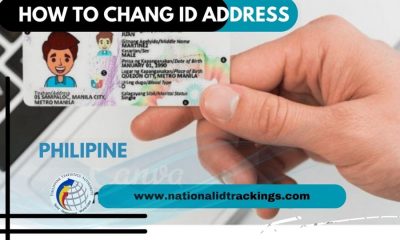
 Uncategorized12 months ago
Uncategorized12 months ago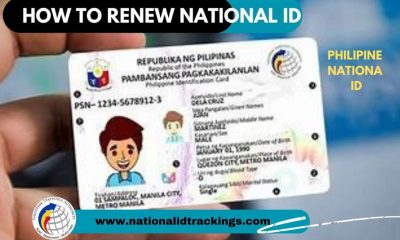
 Uncategorized11 months ago
Uncategorized11 months ago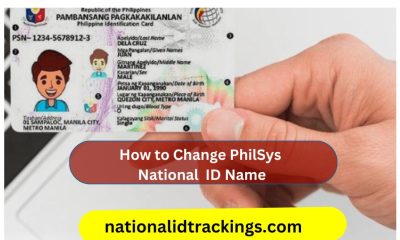
 Uncategorized11 months ago
Uncategorized11 months ago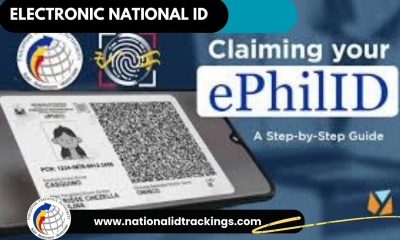
 Uncategorized12 months ago
Uncategorized12 months ago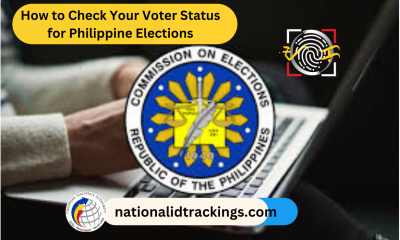
 Uncategorized11 months ago
Uncategorized11 months ago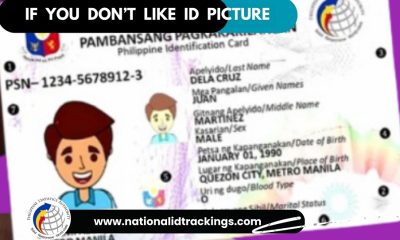
 Uncategorized12 months ago
Uncategorized12 months ago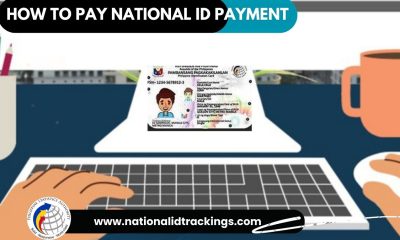
 Uncategorized11 months ago
Uncategorized11 months ago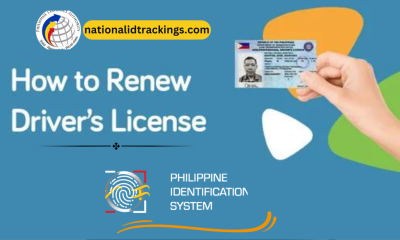
 Uncategorized11 months ago
Uncategorized11 months ago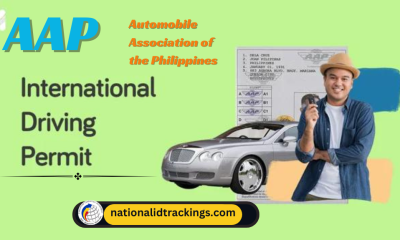
 Uncategorized11 months ago
Uncategorized11 months ago
 Uncategorized9 months ago
Uncategorized9 months ago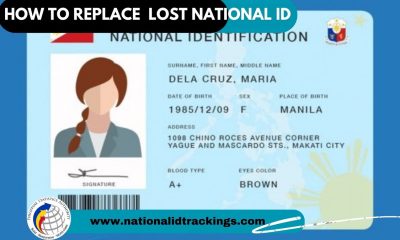
 Uncategorized11 months ago
Uncategorized11 months ago
 Uncategorized9 months ago
Uncategorized9 months ago
-Feb-07-2024-03-07-18-5160-AM.png?width=600&height=400&name=Pics%20for%20blog%20-%20600x400%20(1)-Feb-07-2024-03-07-18-5160-AM.png)